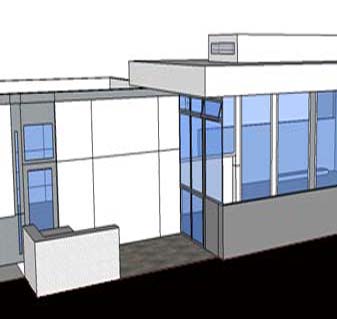Tackling - the Design "PROBLEM"
11/21/2017

What occurs in many projects is something which, if handled well is not a big deal. Colleagues in the Design Industry tend to agree that one of the best ways to contribute to the Design Process is by addressing the “Problem.”
Since Design is a creative & dynamic process – Why focus on the problem?
Here are the reasons to tackle problems when they emerge:
Solving a problem – allows focus to shift to more positive components
Generating alternatives to something that is not working – brings energy to the project and team
Helping to fix something is a great way to contribute to the success of the project
A few Examples of the kind of Problems / Challenges which might emerge and some things that might help:
TACKLING - THE PROBLEMS OF:
RESOURCES
Knowledge is power and knowing constraints is one key to successfully developing and implementing a project management scheme.
What are the financial and time constraints – including contingency?
What restrictions spatially and architecturally impact the project?
What resources are available both in terms of materials, labor, and equipment from start to completion of the project?
DEFINING PRIORITIES
Keeping focus on key objectives helps to move the project forward.
Are important owner and project objectives clearly identified and referred to?
Is the team fully aware of these priorities and providing updates and input in regard to these key items?
Are project “bumps in the road” dealt with to keep focus on the Big Picture?
DISAGREEMENT
We see things differently in businesses, families, groups, neighborhoods, condo associations, colleagues and friends. When there is a design on the table to consider consensus may not seem to be within reach.
Who is right? Who should decide?
Working with a large corporation that had some challenges in selecting interior finishes and aesthetics to both support and extend their brand and to celebrate their new campus – executives were in a stalemate. Here is the approach that was able to calm the forces and to arrive at a satisfactory compromise:
Identify decision makers and determine how resolution will benefit them
Interview - ask questions and listen to understand expectations and to become aware of individual preferences
Within a framework of awareness from [(a) + (b) above], provide options to jointly discuss and consider, to modify as needed, and to progress.
